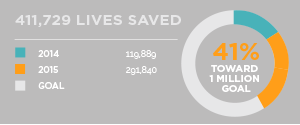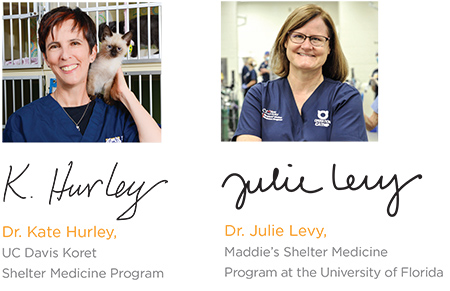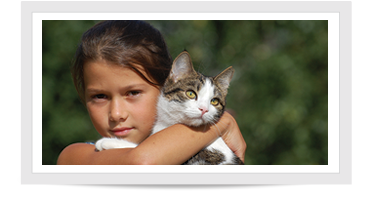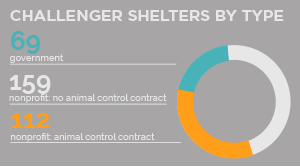THE MILLION CAT CHALLENGE PROMOTES FIVE PROVEN INITIATIVES TO BALANCE INTAKE,
HUMANE CAPACITY WITHIN THE SHELTER, AND LIVE OUTCOMES
These key initiatives were chosen because they have the
potential to create major impact singly or together, offer
choices for shelters of different types and sizes, and relate directly to what
happens in the shelter. While not every initiative is
right for every shelter, the five initiatives provide
options that any shelter can use.
Alternatives to Intake:
There are as many solutions to problems as there are cats presented to animal shelters. Sometimes what’s best is for the cat to
stay right where it is with a little help. From caring for a litter to rehoming their own pet to finding the owner of a stray,
making the community part of those solutions expands the safety net for cats.
Managed Admission:
As every Tetris player knows, the least effective strategy is to let the pieces fall without a plan. Scheduling intake is the
heart of managed admission and helps assure safe movement through the shelter to the best possible outcome for every cat.
Capacity for Care:
Determining a shelter’s Capacity for Care number is as vital in the drive to excellence as knowing the amount of gas in the
tank before taking a drive across the country. Caring for cats humanely, providing great housing, and ensuring every cat’s
welfare reduces length of stay, crowding, and disease while increasing adoptions.
Removing Barriers to Adoption:
Are you trying to increase your shelter’s adoption rate? Expand the pool of adopters and expand the possibilities! By removing
barriers to adoption such as cost, hours, or location, as well as implementing more open and friendly adoption processes, we invite our
community to become our partner in lifesaving.
Return to Field:
When adoption isn’t right for a healthy un-owned cat, RTF provides another choice: sterilize, vaccinate, and return the cat to the
location of origin. Shelters have seen dramatic increases in live release, as well as decreased intake, complaints, and DOA pickups,
suggesting these programs lead to fewer free-roaming cats in the community.









